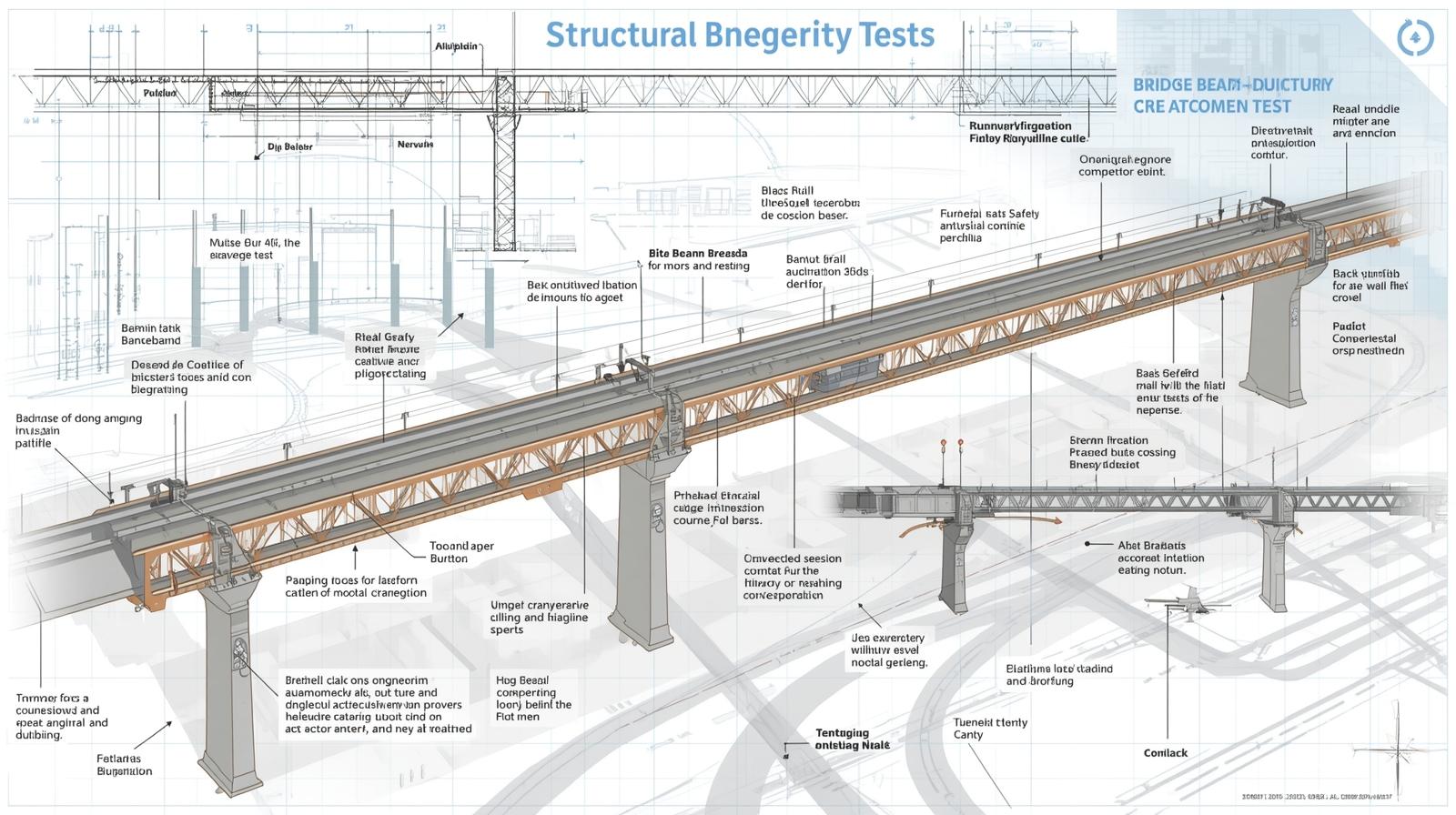Manufacturing and installing bridge beams involves following specific safety regulations and compliance standards. These guidelines allow bridge system designers, engineers, and contractors to achieve high-quality installations. The beams should be durable and resilient against heavy loads and environmental elements. Here are a few safety guidelines and standards for bridge system beams:
Design Codes
The first set of compliance standards involves the bridge’s design. Contractors and engineers rely on the codes published by the American Association of State Highway and Transportation Officials (AASHTO). These codes apply to load and resistance factor design (LRFD) principles, which dictate resistance against loads, wind, impact, and seismic activity. Beams must meet the AASHTO LRFD Bridge Design Specifications to address fatigue loads and other bending and compressive forces. The specifications define the standards for beam material strength, redundancy, and expansion joints.
Specifications are regularly updated to reflect the latest best practices and research. Bridge installers must reference the latest safety regulations to incorporate these new practices and materials. Following design codes leads to reliable bridge beams that meet installation and application requirements. Contractors and manufacturers who adhere to best practices may also obtain certifications that verify the strength and reliability of their beams. Some of the certifications municipalities should look for include:
- AISC: Verifies that steel fabricators and erectors meet quality, safety, and documentation standards.
- NSBA and SSSBA: Recognize contractors that follow best practices and design standards that produce safe and quality steel bridges.
Material Standards
Bridge system beams adhere to material specifications, such as those outlined in AASHTO and ASTM, which define yield strength, toughness, and corrosion resistance. ASTM galvanizing standards result in beams that can withstand extended periods in saltwater conditions without corroding. The beams are also galvanized by dipping them in molten zinc, creating a rust-free surface. Bridge system manufacturers also adhere to AWS stud welding and ISO requirements.
Municipalities and DOTs must request mill test reports, traceability, and quality checks to verify every batch of steel. Material specifications result in beams that match the environmental exposures, such as coastal areas and regions where de-icing salt is used. Complying with these requirements may help extend the beam’s lifespan and support the bridge’s structural integrity throughout its use.
Fabrication Standards
Rigorous fabrication, inspection, and coating standards are designed to enhance the durability and reliability of materials. These standards cover welding procedures and fit-up tolerances set out by the AASHTO and AISC guidelines. Non-destructive testing, such as ultrasonic and radiographic tests, is used to verify weld integrity. Shop and field inspections confirm the accuracy of beam dimensions. Protective coatings like paint, galvanization, and cathodic systems help protect steel beams from corrosion and weather elements. These standards may help lower maintenance costs in the future and extend the lifespan of bridge beam systems. Complying with such steps prevents regular rework and results in durable beams that meet state and federal audits.
Maintenance Compliance
Ongoing inspection and maintenance keep beams in optimal condition, supporting early detection of faults. The National Bridge Inspection Standards provide a framework that mandates inspection frequencies, inspector qualifications, and reporting formats. Contractors and municipalities must schedule periodic inspections and maintain accurate records of all visits. They should also respond quickly to maintenance findings.
Documented maintenance plans enable bridge system contractors and cities to track the conditions of beams, bearings, expansion joints, and coatings. Some contractors offer inspection-ready documentation and maintenance support. Documentation also creates a feedback loop, where inspection data informs better beam design and fabrication.
Find Quality Bridge Beams Today
Beams provide strength by supporting the upper deck and the entire bridge system. They also absorb and transfer the weight of the bridge and live loads to supporting structures, such as piers and abutments. These components must meet strict safety standards to offer the strength and resilience required to support the bridge. Speak to a utility systems contractor today to find out more about steel bridge beams.





